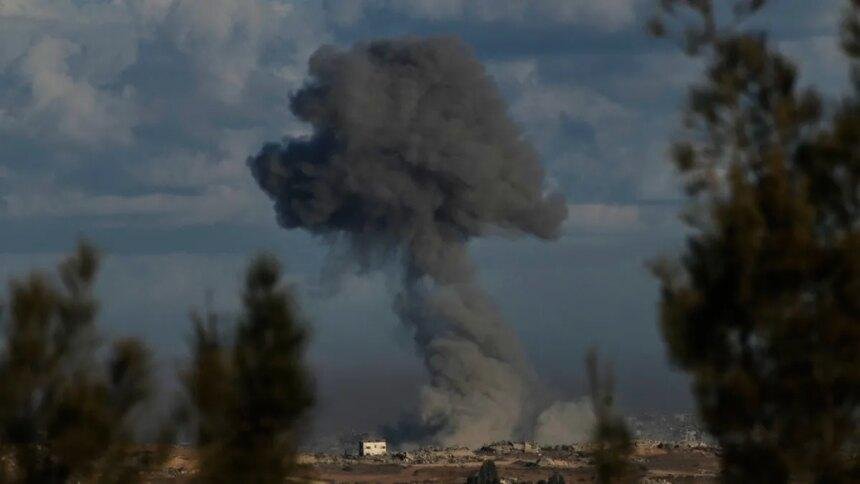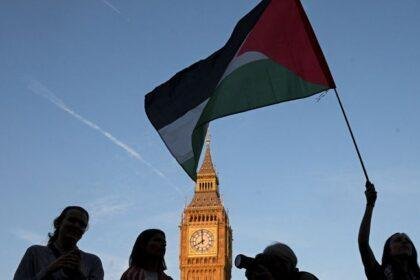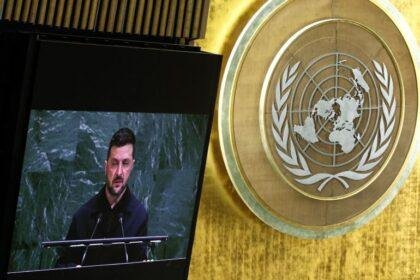Hamas and Israel Engage in Indirect Negotiations Amid Ongoing Conflict
As the conflict in Gaza enters its third year, indirect negotiations between Hamas and Israel have resumed, spurred by a proposal from former U.S. President Donald Trump aimed at ending hostilities. Senior officials from Qatar and the United States have joined discussions in Egypt, signaling a renewed effort to find a resolution to the ongoing crisis.
A Glimmer of Hope Amidst Tension
On the second anniversary of the war, Trump expressed optimism about the potential for a deal, stating there is a “real chance” for peace. The talks, held in the Egyptian resort town of Sharm el-Sheikh, come at a time when the situation in Gaza remains dire. Despite the hopeful rhetoric, the day began with a statement from various Palestinian factions, including Hamas, asserting their commitment to resistance and rejecting any demands for disarmament, a key element of Trump’s 20-point plan.
Fawzi Barhoum, a senior Hamas official, emphasized the group’s desire for an end to the conflict and the complete withdrawal of Israeli forces from Gaza. However, the specifics of Trump’s plan regarding troop withdrawal remain ambiguous, lacking a clear timeline. The plan stipulates that any Israeli troop withdrawal would be contingent upon Hamas returning the 48 Israeli captives it holds, with only 20 believed to be alive.
Negotiation Dynamics
An anonymous Hamas official revealed that the discussions have centered on the timing of releasing Israeli captives and the logistics of Israeli troop withdrawal. The group insists that the release of the last Israeli hostage must coincide with the final withdrawal of Israeli forces. Khalil al-Hayya, Hamas’s chief negotiator, expressed deep mistrust towards Israel, citing past violations of ceasefires and demanding “real guarantees” that hostilities would not resume.
Israeli Prime Minister Benjamin Netanyahu marked the anniversary of the conflict by framing it as a struggle for Israel’s existence. He stated that Israel would continue its military operations until all hostages are returned, Hamas’s governance is dismantled, and Gaza is no longer a threat to Israel.
A Complex Path to Peace
Despite the ongoing hostilities, the current negotiations represent a significant step towards a potential ceasefire. Both Hamas and Israel have shown willingness to engage with aspects of Trump’s proposal. Qatar’s Ministry of Foreign Affairs spokesperson, Majed al-Ansari, noted that mediators from Qatar, Egypt, and Turkey are adapting their strategies as discussions progress, emphasizing a flexible approach to negotiations.
The involvement of high-profile figures, including Qatari Prime Minister Sheikh Mohammed bin Abdulrahman bin Jassim Al Thani and U.S. representatives like Jared Kushner, underscores the international community’s commitment to facilitating a resolution. However, even if an agreement is reached, critical questions remain regarding the governance of Gaza and the reconstruction efforts that will follow.
Trump’s plan suggests that Palestinian “technocrats” should manage daily affairs in Gaza under an international transitional governance body, which would be overseen by Trump and former UK Prime Minister Tony Blair. In contrast, Hamas has called for immediate reconstruction efforts to be supervised by a Palestinian national body, highlighting the differing visions for Gaza’s future.
Continued Violence and Humanitarian Crisis
As negotiations unfold, violence in Gaza persists unabated. On the anniversary of the conflict, Israeli airstrikes continued, targeting residential areas in Gaza City and resulting in at least ten Palestinian deaths on Tuesday alone. The ongoing military operations have contributed to a staggering death toll, with over 66,600 fatalities reported since the conflict began.
Reports indicate that at least 104 individuals have been killed in Gaza since Trump urged Israel to halt its bombing campaign. Al Jazeera correspondent Hind Khoudary reported on the grim reality on the ground, noting that civilians are caught in a cycle of violence while awaiting a peace deal. The destruction of residential neighborhoods has left many Palestinians without hope for rebuilding their lives.
The Armed Conflict Location & Event Data Project (ACLED) has documented over 11,110 air and drone strikes and more than 6,250 artillery attacks in Gaza throughout the war. The Gaza Health Ministry has reported that 1,701 medical personnel have lost their lives during the conflict, further exacerbating the humanitarian crisis.
Conclusion
As the world watches the unfolding negotiations between Hamas and Israel, the path to peace remains fraught with challenges. The complexities of disarmament, governance, and reconstruction loom large over any potential agreement. While the involvement of international mediators offers a glimmer of hope, the ongoing violence underscores the urgent need for a sustainable resolution to the conflict. The stakes are high, not only for the people of Gaza and Israel but for the broader region, as the quest for peace continues amidst a backdrop of suffering and uncertainty.










